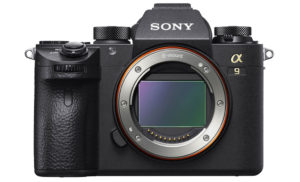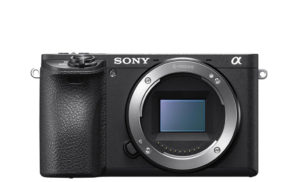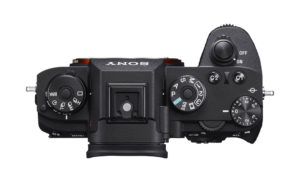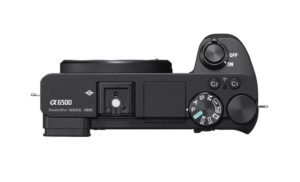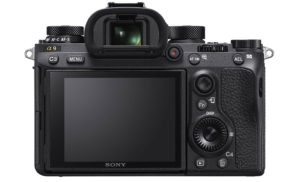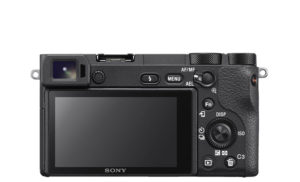The full-frame Sony a9 was only announced yesterday, but with its vast number of autofocus points and impressive continuous shooting speeds, it is already being labelled a potential “game-changer” for the sports and action photography niche.
So, where does this leave Sony’s other action-oriented camera, the a6500? Given that the two models have a number of features in common including 24.2MP of resolution on the sensor, built-in 5-axis image stabilisation with 5 steps of compensation, and 4K movie recording with full pixel readout, it is natural to wonder where the differences lie.
In the following comparison preview, we’re going to be answering this very question by looking at the ten main differences between the a9 and a6500. As always, if we get the chance to test the two cameras side-by-side for an extended period, we will update this preview to a full comparison complete with sample images and personal feedback. Let’s get started!
Sony A9 comparison previews:
A9 vs A7r mark II – A9 vs A7 mark II – A9 vs A7s mark II – A9 vs A99 mark II – A9 vs X-T2
Electronic shutter evolution – Sony A9 and Olympus OM-D E-M1 II
Ethics statement: The information supplied in this article is based on the official specifications found on the Sony website and our personal experience with Sony E-mount cameras. We were not asked to write anything about these cameras, nor were we provided any compensation of any kind. Within the article, there are affiliate links. If you decided to buy something after clicking the link, we will receive a small commission. To know more about our ethics, you can visit our full disclosure page. Thank you!
1. Design and ergonomics
It doesn’t take a sharp eye to spot the numerous physical differences between the a9 and a6500.
To start, the former has an SLR-like design which closely resembles that of Sony’s other full-frame E-mount cameras, whereas the a6500 has the same flat-topped design as the rest of the a6000 series. Both have a prominent grip but that of the a9 is a little chunkier and more well-sculptured. The electronic viewfinder of the a9 is found at the centre, while that of the a6500 is located on the left-hand side of the body.
Unsurprisingly, the a9 is also larger and heavier than the a6500, with the official measurements being as follows:
- 126.9 x 95.6 x 63mm vs. 120 x 66.9 x 53.3mm
- 673g vs. 453g with the battery and memory card
Looking more closely at the body, we immediately notice that the a9 has more physical controls and buttons than the a6500. In addition to having an extra dial to control the exposure on the front, it also comes with a stacked drive/focus mode dial, an AF-ON button to activate the autofocus at any given time, and a multi-selector (a.k.a. joystick) to move the AF point around the frame. Looking at the PSAM mode dial on the a9, we can also see that the Scene mode and the Panorama feature have been replaced by the S&Q (slow and quick motion) mode and an extra memory recall option.
Professional photographers will be delighted to discover a dual SD card slot on the a9. One is a standard UHS-I slot while the other is UHS-II compatible. The a6500, on the other hand, only has a single UHS-I compliant slot, making less capable of higher write speeds than the a9.
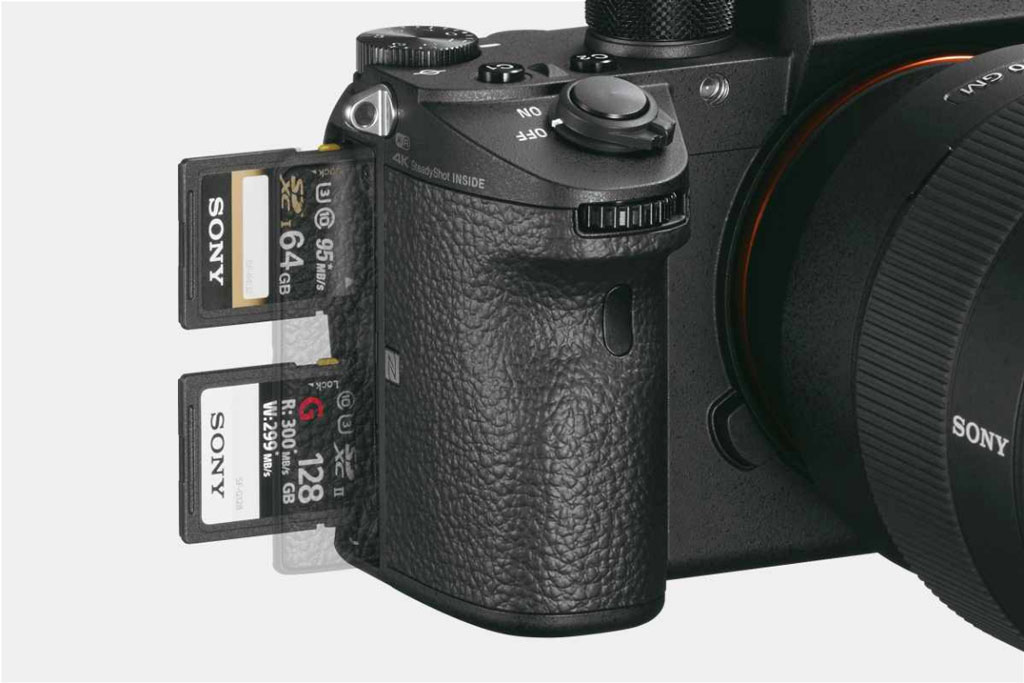
Whereas both models come with a 3.5mm microphone terminal, only the a9 benefits from a headphone output. The full-frame camera also features LAN and flash sync ports.
Both are completely dust and moisture resistant. Admittedly, I was surprised to discover that the a9 isn’t also freeze-proof considering that it is a feature shared by most high-end mirrorless models from Panasonic, Olympus and Fujifilm.
2. Viewfinder and LCD screen
Continuing in the vein of design, we can now turn our attention to the viewfinder and rear LCD screen of the two cameras.
We should start by noting that both cameras sport an OLED electronic viewfinder, albeit with somewhat different specifications.
Not only is the a9’s viewfinder larger (0.78x vs 0.70x magnification; 0.5” type vs 0.39” type) but it also has a much higher resolution (3686k vs. 2359k dots). In fact, the resolution is so high that it is close to a 4K image.
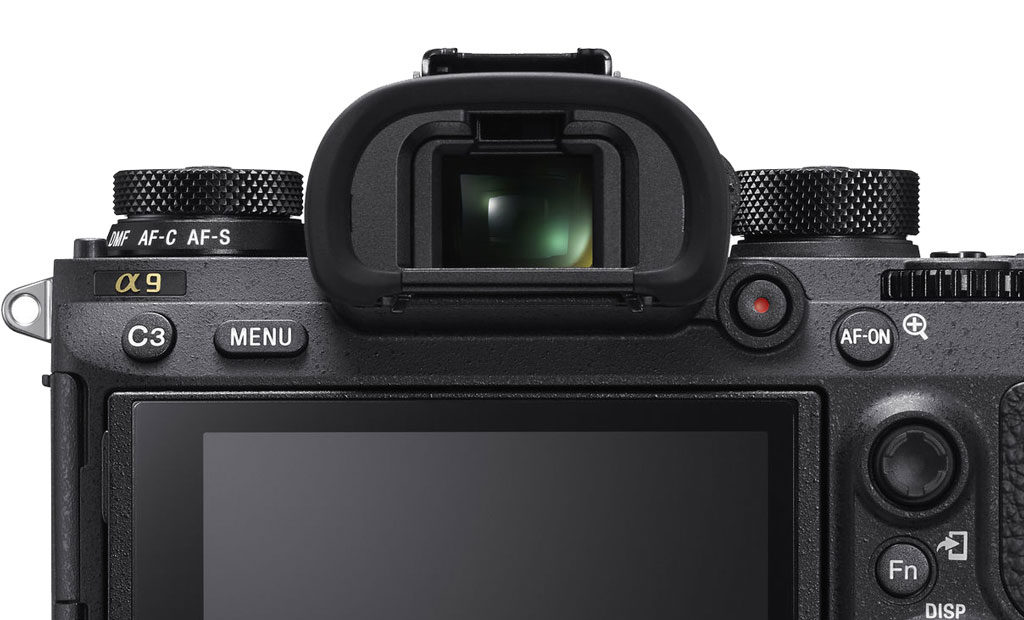
Where the two viewfinders resemble each other is in their excellent refresh rate (120fps high or 60fps standard), 100% field coverage and eyepoint of 23mm from the eyepiece lens.
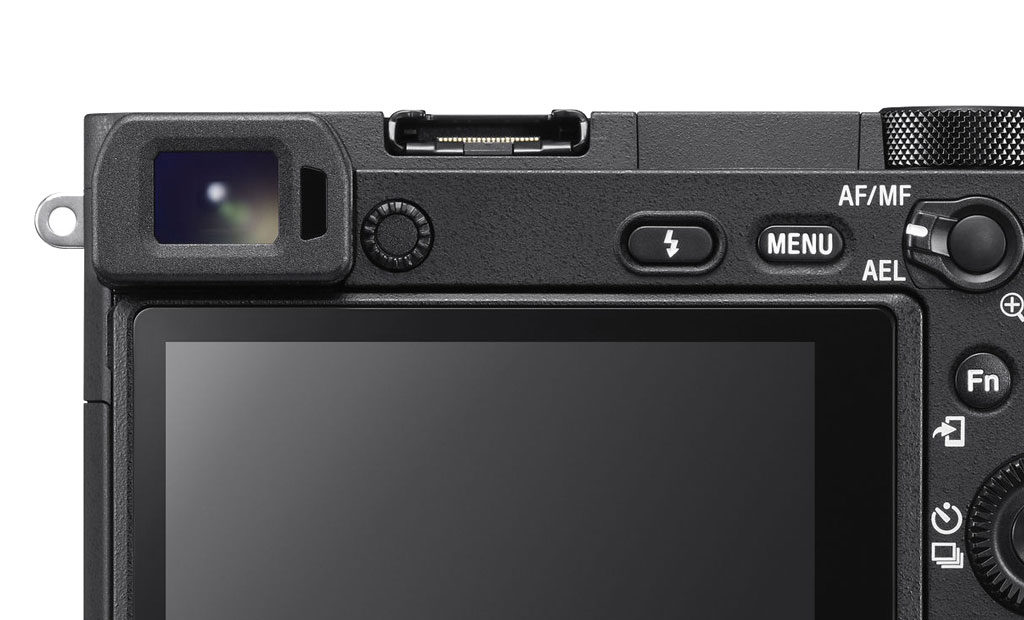
Although both cameras have a 3-inch LCD screen, the a9’s has more resolution (1440k vs. 921k dots) and a little more flexibility in that it tilts up 107 degrees and down 41 degrees instead of 90 degrees and 45 degrees. Happily, both screens are touch sensitive, though its only application is to change the AF point on-screen.
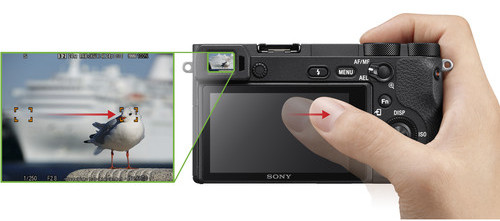
The a6500’s uninterrupted live view through the viewfinder/LCD was already fluid when shooting in continuous mode, punctuated by a very brief semi-transparent blackouts after each frame, but the a9 promises “blackout-free shooting” thanks to the electronic shutter which we’ll discuss later on.
3. Sensor and processor
We mentioned at the beginning that the sensors of the a9 and a6500 both have 24.2MP of resolution but this is where the similarities begin and end.
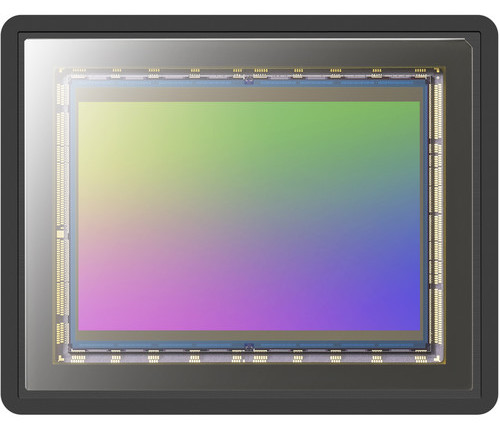
The a9 is equipped with a brand new stacked BSI full-frame CMOS sensor with integral memory for 20 times faster overall readout speed compared to its predecessor, the A7r II. (How the speed compares to the a6500 is yet unknown but it is certain to be faster.) With the mechanical shutter, it can achieve a high sensitivity of up to ISO 51200 (native) or 204800 (extended) thanks to its back-illuminated structure. Note that with the electronic shutter, the highest ISO value you can choose is 25600.
The a6500 has an APS-C sized Exmor CMOS sensor whose maximum native sensitivity is ISO 25600 or 51200 when extended. These values are available regardless of whether you use the mechanical or electronic shutter.
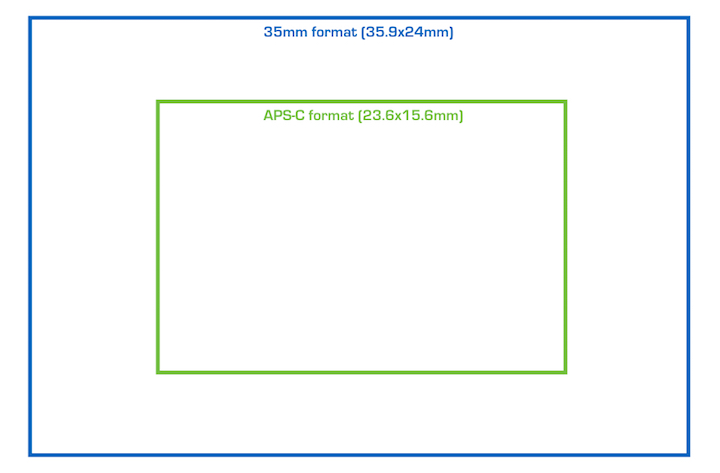
Coupled with both sensors is a high-speed BIONZ X image processing engine. According to Sony, the a9 has a newly developed image processing algorithm that helps the camera capture images with less noise across the sensitivity range. How it actually compares to the a6500’s sensor is yet to be seen.
4. Autofocus performance
“Fast hybrid AF” is the phrase Sony coined to describe its autofocus system when it first began giving its sensors a large number of phase and contrast detection AF points.
The a9 is the latest model to feature this hybrid AF system and doesn’t fail to impress with its whopping 693 phase detection and 25 contrast detection points across 93% of the frame.
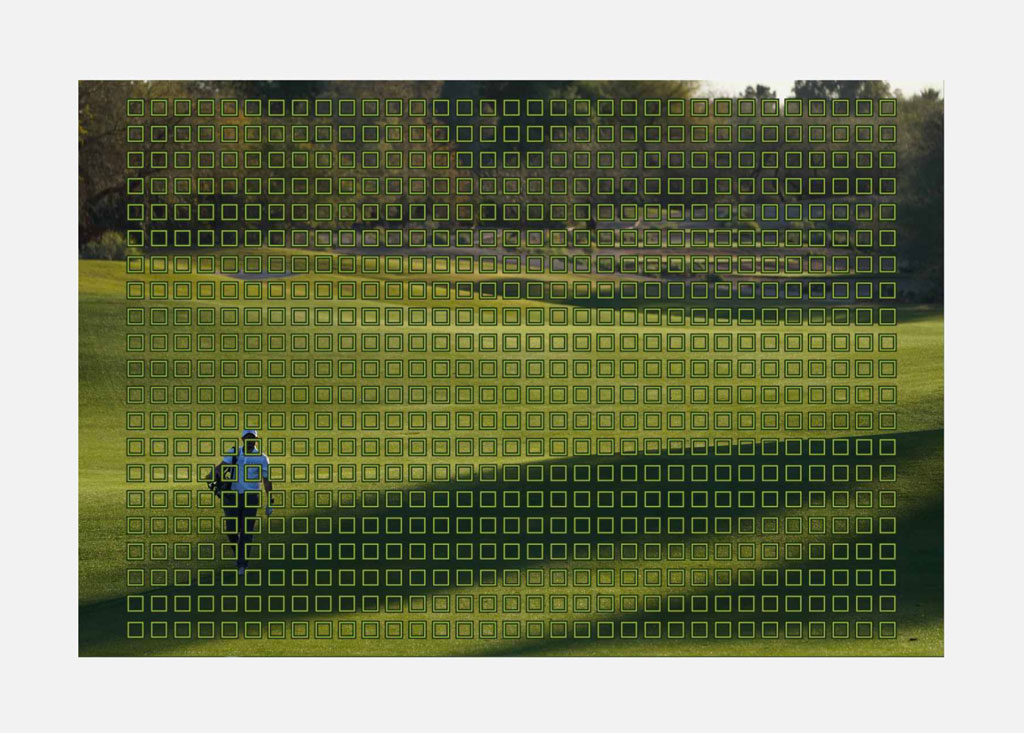
By comparison, the a6500 uses 425 phase detection and 169 contrast detection points across the entire frame, which is still very impressive if you consider that the a9, when in APS-C mode, only uses 299 points with full-frame lenses and 221 points with APS-C lenses.
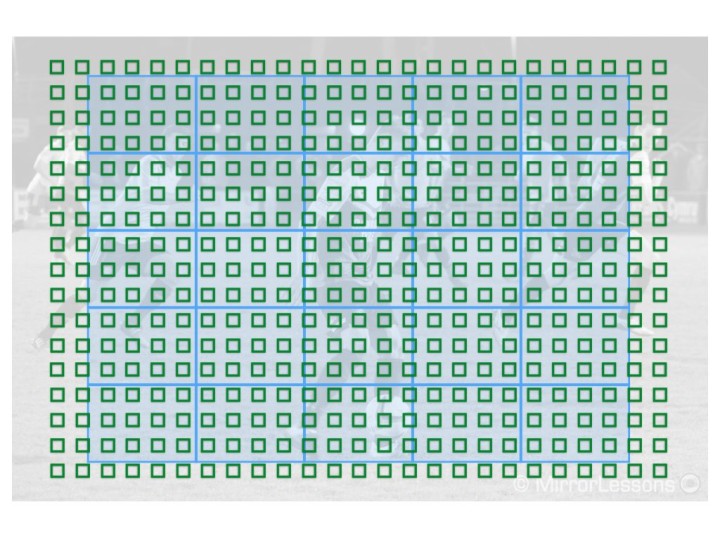
Also interesting to note is that the a9 makes AF/AE calculations up to 60 times per second to help the camera lock onto and track erratically moving subjects with high speed, precision and reliability. Just how quickly the a6500 makes these same calculations is unknown.
The minimum focus sensitivity range is another advantage for the A9 since it starts from -3Ev while the a6500 has a -1Ev minimum sensitivity.
5. Continuous shooting capabilities
Now we arrive at one of the show-stopping features of the a9: the continuous shooting capabilities.
When using the electronic shutter, the camera is capable of speeds of up to 20fps with AF/AE tracking (Hi mode). Reduce the speed to Mid or Lo and you still get decent speeds of 10fps or 5fps respectively. Note that if you shoot 14-bit uncompressed RAW files, the speed won’t exceed 12fps.
The speeds with the mechanical shutter somewhat less striking. The fastest you can shoot is 5fps (Hi or Med) followed by 2.5fps in Lo mode.
The a6500’s continuous shooting speeds are also excellent: 11fps (Hi+), 8fps (Hi), 6fps (Mid) and 3fps (Lo) with continuous AF regardless of whether you use the mechanical or electronic shutter.
Naturally, the maximum continuous frame rate will largely depend on the shooting mode and the lens used. In fact, Sony has stated that some older lenses may require a firmware update to be compatible with these speeds.
Also important to highlight is that the faster sensor readout of the a9’s electronic shutter should do a better job of suppressing rolling shutter than the a6500. Indeed, Sony claims that the new a9 can be used for sports and action photography thanks to Anti-Distortion shutter technology. If this is the case, the 20fps continuous shooting speed should prove extremely useful.
- More about electronic shutters here
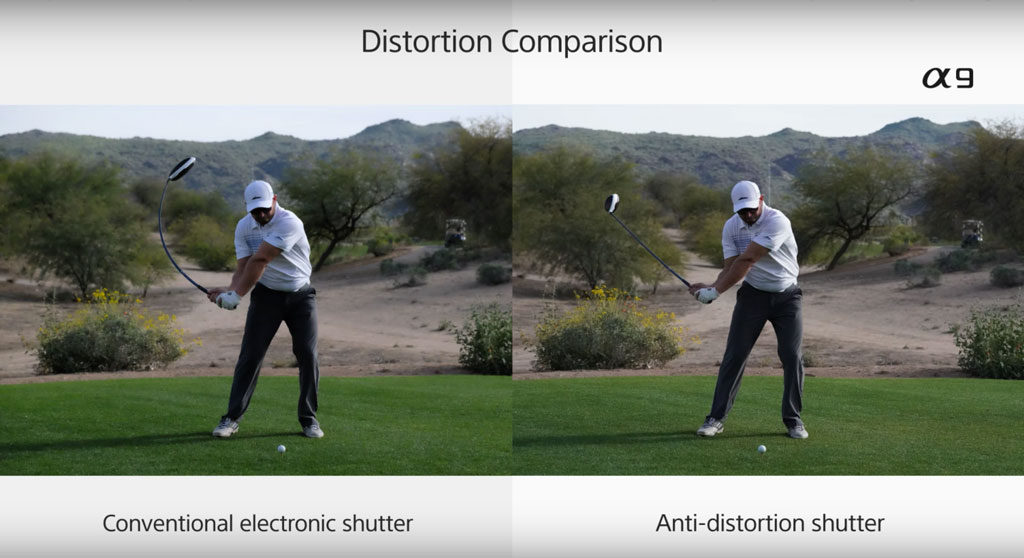
6. Buffer capacity
A smaller yet potentially significant difference for sports and wildlife photographers is the buffer capacity of the two cameras.
Without forgetting that the performance obviously depends on the memory card, lens and continuous shooting speed, the a9 is said to be capable of taking up to 362 Extra Fine JPGs or 241 RAW frames in a burst. By contrast, the a6500 is capable of 233 Extra Fine JPGs or 107 RAW frames.
7. Shutter speed
The a9 and a6500 both use an electronically controlled, vertical-traverse focal plane type shutter that is said to be quieter and produce less blur from vibration than previous shutters.
The main difference lies in their speed. Whereas the a9 has a maximum mechanical shutter speed of 1/8000s and a maximum electronic shutter speed of 1/32,000, the a6500 can only shoot as fast as 1/4000s regardless of whether you use the mechanical or electronic shutter. This is obviously a big advantage if you often shoot fast moving subjects or use very fast apertures in bright conditions.
8. Battery type and life
Perhaps one of the most exciting features of the new a9 is the brand new NP-FZ100 battery which is said to have a life of 480 shots with the viewfinder activated or 650 shots with the LCD.
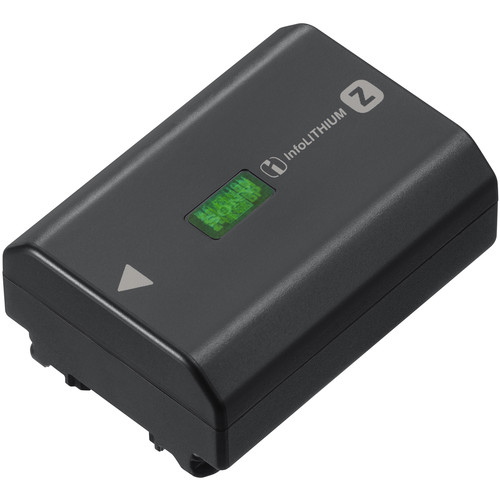
This is a massive improvement over Sony’s old NP-FW50 battery whose life when used on the a6500 is listed as being 310 shots with the viewfinder or 350 shots with the LCD.
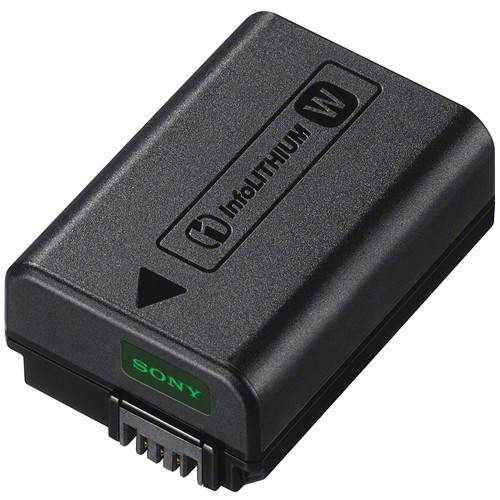
In our personal experience, the NP-FW50 can last a day of very light shooting, but you’ll definitely need some spares on hand if you plan to shoot 4K video or use the fast burst speeds.
Usefully, both cameras can be charged via the USB port.
9. Vertical grip
Those who require an even better battery life will certainly be interested in the VG-C3EM vertical grip for the a9. It holds two extra NP-FZ100 batteries and comes with the benefit of weather-sealing, an extended grip for vertical shooting, a second shutter button and a multi selector identical to the one on the body. There is also a USB port to charge the grip via the camera body.
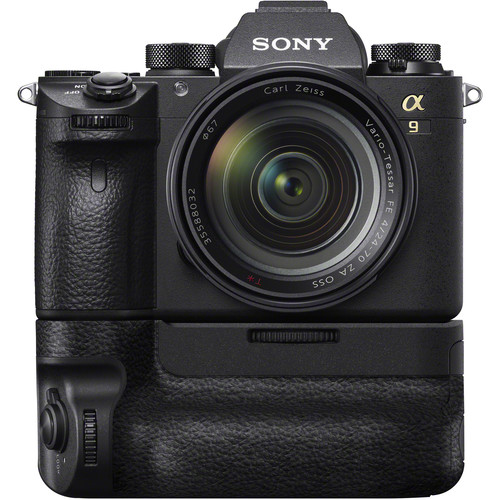
Unfortunately there isn’t an official vertical battery grip for the a6500 but there is the option of a third-party grip from Meike called the MK A6500pro.
10. Extra functions and features
The a9 boasts a few extra functions and features that weren’t given to the a6500, which is only natural given the enormous price difference between the two cameras. (Don’t worry, we’ll get to that in the conclusion!)
First of all, the a9 is the first Sony camera to come with a new LAN terminal with which you can transfer still images to a specified FTP server for viewing and management. It is the ideal solution for studio work because it gives you the highest possible transfer speeds for large image files. Usefully, the image files can be encrypted with SSL or TLS whilst being transferring, assuring the highest level of security.
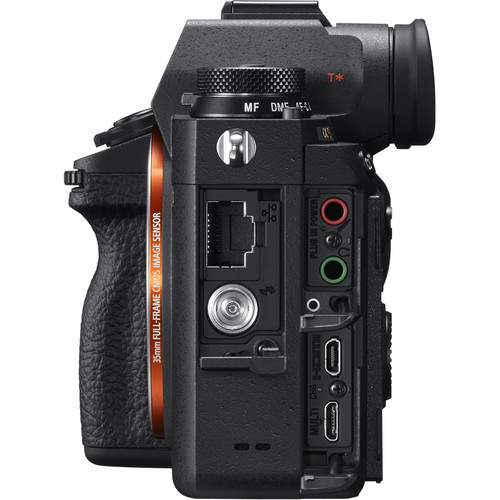
Second, the a9 comes with a Focus Area Recognition function that allows you to save and recall frequently used focus area settings. It should prove handy in situations where the ideal focus point or area frequently changes.
Finally, we have enhanced P-TTL flash metering which works when an optional flash unit is attached to the camera. Simply put, it suppresses under and overexposure caused by the presence of very dark or light objects (i.e. white walls or black clothing) in the frame.
Curiously, the dedicated Picture Profiles and S-Log2/S-Log3 which are found on the a6500 and most other high-end Sony cameras have been omitted from the a9. The official excuse seems to be that the a9 is primarily a stills camera but it is an oddity nonetheless given its flagship status and 4K capabilities.
Conclusion
As is often the case with our comparison previews, we’ve saved the biggest difference between the two cameras for the conclusion: the price.
We can expect the Sony a9 body to retail for around $4500 in the US – not chump change by any measure. In fact, it is approximately three times the current retail price of the a6500 body.
It is obvious that the two cameras target very different groups of users since the a9 aims to be the ultimate E-mount body for sports and wildlife photography. Whether it is worth choosing the a9 over the a6500 really depends on a number of factors, most of which we cannot evaluate until we have the chance to use the new camera out in the field ourselves. These include how effectively it suppresses rolling shutter when shooting moving subjects with the electronic shutter and how much of a difference the faster readout speed makes to its performance.
And these aren’t the only factors that might sway your decision. We must also take into account the a9’s larger electronic viewfinder, dual SD card slot, more powerful battery, and extra dials and buttons, all of which should appeal to the most demanding of photographers.
The a6500 has size and weight on its side – although it isn’t always an advantage with larger lenses – and comes with one of the best autofocus systems seen on a mirrorless camera to date. For this reason, it will be very interesting to see how much better the a9 can do with its new hybrid AF system. Finally, for video makers, the APS-C camera remains a more interesting option thanks to the Picture Profiles and S-Log gammas of which – very strangely – the a9 has been deprived.
Check price of the Sony A9 on
Amazon | Amazon UK | B&H Photo | eBay
Check price of the Sony a6500 on
Amazon | Amazon UK | B&H Photo | eBay
Sony A9 comparison previews:
You may also be interested:

